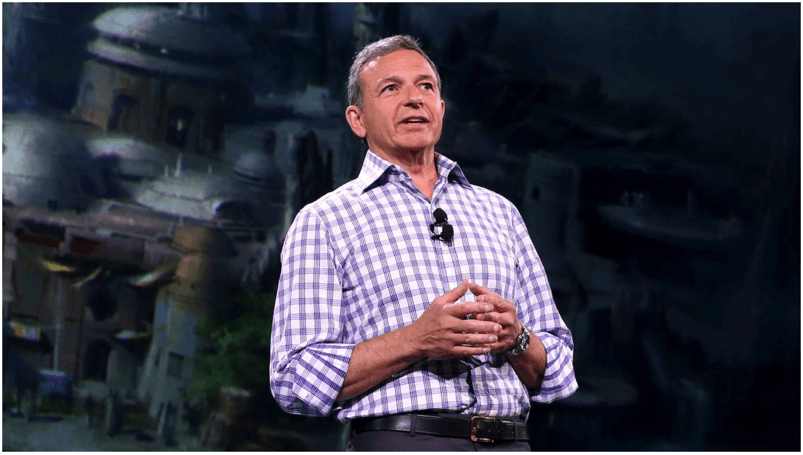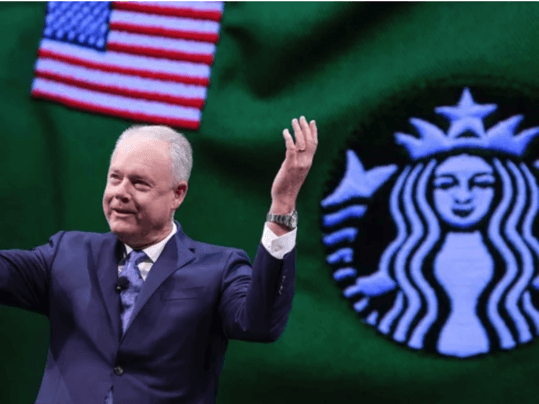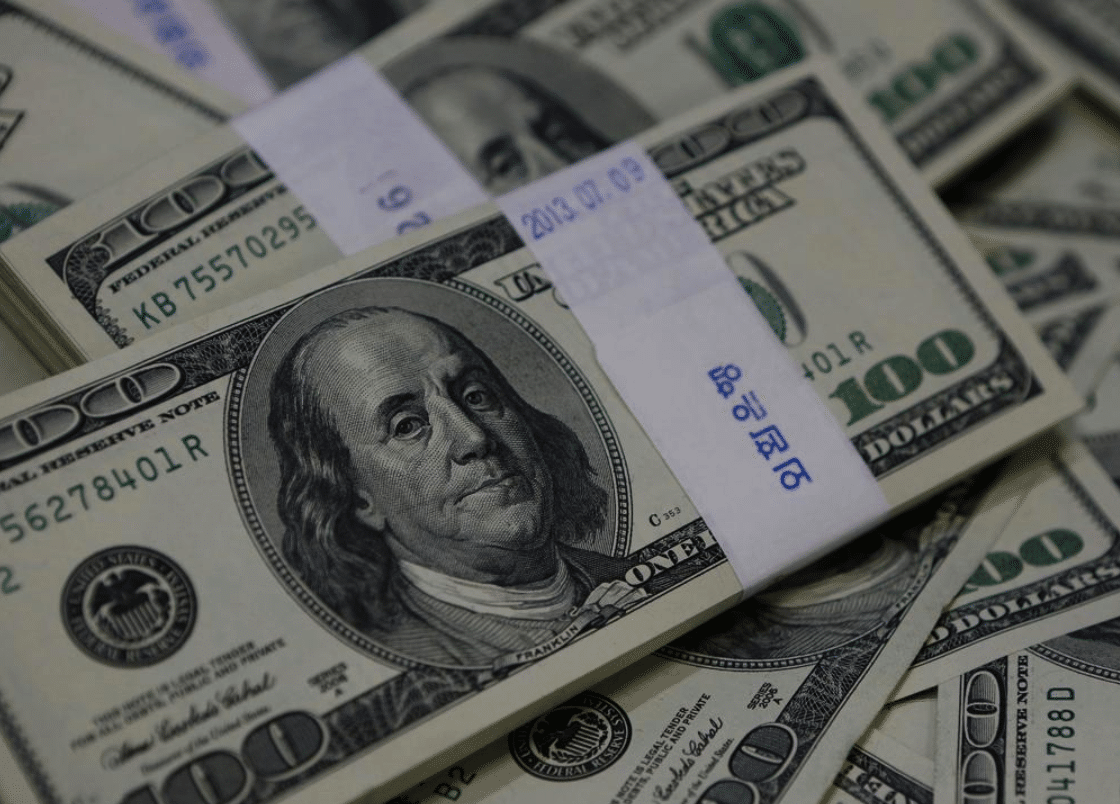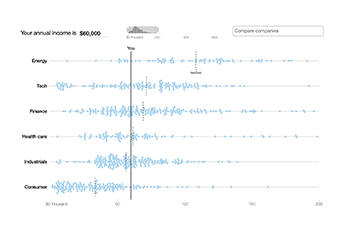Income inequality is a growing problem in the United States. In cities across the country, the rich are getting richer while the poor are getting poorer. Perhaps nowhere is the problem more apparent than in the corporate world. In some of the largest and most recognizable global companies, chief executives earn in less than an hour… Continue reading These CEOs Make 1,000 Times More Than Their Employees
Tag: Employee Pay
These CEOs Make 1,000 Times More Than Their Employees
Income inequality is a growing problem in the United States. In cities across the country, the rich are getting richer while the poor are getting poorer. Perhaps nowhere is the problem more apparent than in the corporate world. In some of the largest and most recognizable global companies, chief executives earn in less than an hour as much as their typical employee earns in an entire year.
MyLogIQ, a data aggregator of public companies, recently released a report comparing total CEO compensation to median employee compensation for companies on the S&P 500 index. 24/7 Wall St. reviewed the report to identify the 13 companies where the CEO makes at least 1,000 times the salary of their typical employee.
These immense differences in compensation between CEOs and their typical employees in some cases are the product of extremely high CEO compensation – over $100 million in one case. More often, however, it is a combination of large CEO pay (the lowest is $8.8 million) and very low median employee annual pay, as many of these companies employ part-time or seasonal workers. Indeed, some of these companies rank among those that owe their employees a raise.
These CEOs Make 1,000 Times More Than Their Employees
The typical employee of The Gap, Inc., the company behind Old Navy, Banana Republic, and Gap clothing brands, earns just under $6,000 a year. Arthur Peck, the company’s CEO, earns as much in about a half hour. While most Gap employees are compensated primarily through wages and salaries, Peck is an exception. Only $1.5 million… Continue reading These CEOs Make 1,000 Times More Than Their Employees
From Coke to Macy’s, Pay for Typical Worker Takes Big Swings
As U.S. companies disclose what they pay typical workers, one thing is clear: A lot can change in a year.
Jefferies Financial Group Inc. almost tripled what it paid its median employee last year. Median pay rose by nearly 60% at Macy’s Inc. and by almost a quarter at biotech Celgene Corp. It fell by two-thirds at Coca-Cola Co. and by more than a quarter at snack-maker Mondelez International Inc.
The reasons for these big swings from 2017 to 2018 varied widely, however. Some reflected dramatic shifts in the company’s workforce. Others came about thanks to new ways of identifying that middle employee. Still others reflect actual changes in what individual workers made.
Find Out How Your Salary Compares to More Than 1,000 Companies
Salaries and wages have always been a hot-button issue no matter what industry you may work in.
From gender to executive pay gaps, many workers are always curious about where they stand in comparison to others. And, while your salary really depends on where you live, with the average American income varying by state, an updated chart by The Wall Street Journal can help you determine where your pay actually stands among more than 1,380 companies across the country.
For the second year in a row, a majority of U.S. publicly traded companies such as Amazon, JPMorgan and Walmart have disclosed how much their employees earn on average and, more importantly, how that pay compares with its CEO’s salary.
Find Out How Your Salary Compares to More Than 1,000 Companies
Salaries and wages have always been a hot-button issue no matter what industry you may work in.
For the second year in a row, a majority of U.S. publicly traded companies such as Amazon, JPMorgan and Walmart have disclosed how much their employees earn on average and, more importantly, how that pay compares with its CEO’s salary.
The employee-pay disclosure was first mandated by the 2010 Dodd-Frank Act after the 2008 financial crisis to help shareholders get intel on executive-compensation practices at major U.S. firms. However, last March was the first time U.S. publicly traded firms were required under federal regulations to divulge the information along with its CEO’s pay and the ratio between the two.
The Journal then took that data from MyLogIQ and created a chart across key industry sectors such as energy, tech, finance, health care, industrials and consumers to help workers find out where they stand.
See How Your Salary Compares
Over 1,000 companies, including Amazon, JPMorgan and Walmart, have disclosed how they compensate workers. Find out where your pay stands.
For the second year, most publicly traded U.S. companies are disclosing how much a typical employee makes. Compare yourself with the median employee at particular companies or across an entire sector, using data from MyLogIQ.






